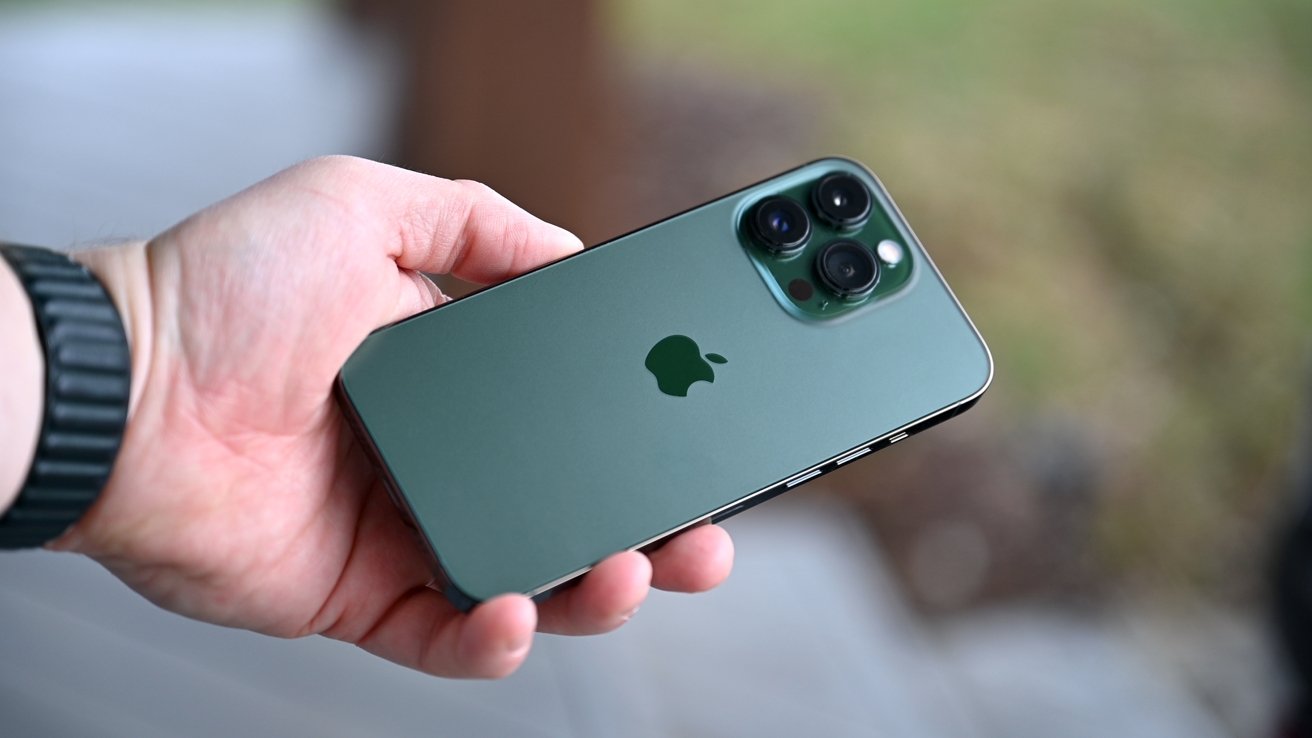Introduction:
Tattoos are a form of self-expression, but as personal tastes and circumstances change, so too can opinions about body ink. This shift in perspective has led to an increased interest in tattoo removal, a process that comes with its own set of considerations, the foremost being the cost. In this comprehensive guide, we will delve into the various factors that influence tattoo removal costs, different removal methods available, and important considerations for those contemplating tattoo removal.
Factors Influencing Tattoo Removal Cost:
- Size and Complexity of the Tattoo:
- The larger and more intricate the tattoo, the more time and resources it will take to remove it. Tattoo removal costs are often calculated per session, and larger tattoos typically require more sessions to achieve complete removal.
- Color and Ink Type:
- The color spectrum and types of ink used in a tattoo play a crucial role in determining removal costs. Colored tattoos are generally more challenging to remove than black ink, as different lasers are needed to target specific colors. Professional tattoos with high-quality ink may also require more sessions for effective removal.
- Age of the Tattoo:
- Older tattoos tend to fade naturally over time, making them easier to remove than fresher ones. However, the age of the tattoo can also impact the number of sessions required, with newer tattoos often needing more sessions for complete removal.
- Skin Type:
- The skin type of the individual seeking tattoo removal can influence the cost. People with lighter skin tones often experience better results and require fewer sessions compared to those with darker skin tones.
- Location on the Body:
- The location of the tattoo on the body can affect removal costs. Tattoos on areas with more blood flow, like the face and hands, are generally easier to remove than those on areas with less circulation.
Tattoo Removal Methods:
- Laser Tattoo Removal:
- Laser tattoo removal is the most common and widely accepted method. It involves using laser technology to break down the ink particles in the tattoo, allowing the body to naturally eliminate them. Different lasers are used to target specific colors.
- Intense Pulsed Light (IPL):
- Similar to laser removal, IPL uses broad-spectrum light to break down tattoo ink. While effective for some tattoos, it may not be suitable for all colors, and multiple sessions are often required.
- Chemical Peels:
- Chemical peels involve applying an acid solution to the skin to remove the top layers, including the tattooed skin. This method is more suitable for smaller tattoos and may require multiple sessions.
- Dermabrasion:
- Dermabrasion involves mechanically removing the top layers of skin containing the tattoo. This method is less common today due to its abrasive nature and potential scarring.
- Surgical Excision:
- Surgical excision involves cutting out the tattooed skin and stitching the surrounding skin together. This method is typically reserved for small tattoos and may leave a scar.
Considerations for Tattoo Removal:
- Cost Breakdown:
- Tattoo removal costs vary widely based on factors discussed earlier. It’s crucial for individuals to understand the cost breakdown, including the number of sessions required and any additional fees for consultations or post-treatment care.
- Pain and Recovery:
- Different removal methods come with varying levels of pain and recovery times. Laser removal may cause discomfort, while surgical methods may involve a more extended recovery period. Understanding the potential pain and downtime is essential for making an informed decision.
- Effectiveness and Expectations:
- No tattoo removal method guarantees complete erasure, and some tattoos may only fade rather than disappear entirely. Managing expectations and discussing realistic outcomes with a qualified professional is crucial.
- Choosing a Qualified Professional:
- Selecting a certified and experienced professional for tattoo removal is paramount. Licensed practitioners can assess the tattoo, recommend the most suitable removal method, and provide realistic expectations regarding the outcome.
- Follow-up Care:
- Proper aftercare is crucial for minimizing the risk of complications, scarring, and ensuring the best possible results. This may include avoiding sun exposure, applying recommended ointments, and attending follow-up appointments.
- Alternative Options:
- In some cases, individuals may explore alternatives to complete removal, such as tattoo modification or cover-up. These options can be more cost-effective and less invasive for those who want to transform their existing tattoos rather than erase them entirely.
Conclusion:
Tattoo removal is a personal journey influenced by various factors, with cost being a significant consideration for many individuals. Understanding the intricacies of the removal process, the factors affecting costs, and the available methods can empower individuals to make informed decisions about tattoo removal. Whether driven by changes in personal taste or lifestyle, the evolving field of tattoo removal offers options for those seeking a fresh canvas. It’s essential to consult with qualified professionals, weigh the costs against the potential benefits, and approach the process with realistic expectations. Ultimately, tattoo removal is a transformative experience that goes beyond erasing ink—it’s about embracing change and fostering a renewed sense of self. for blog to visit site abbasblogs.










